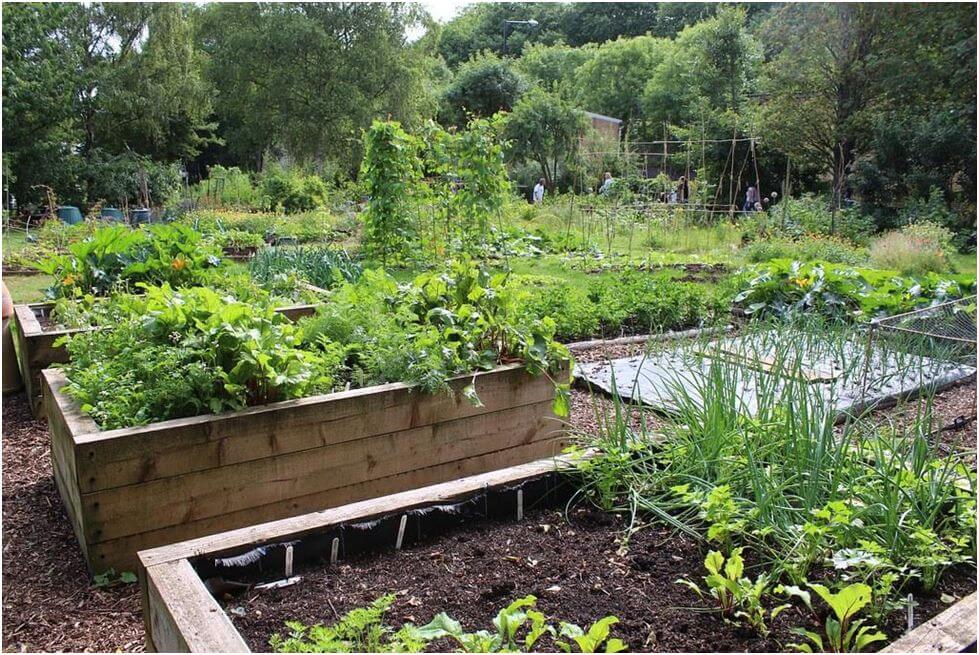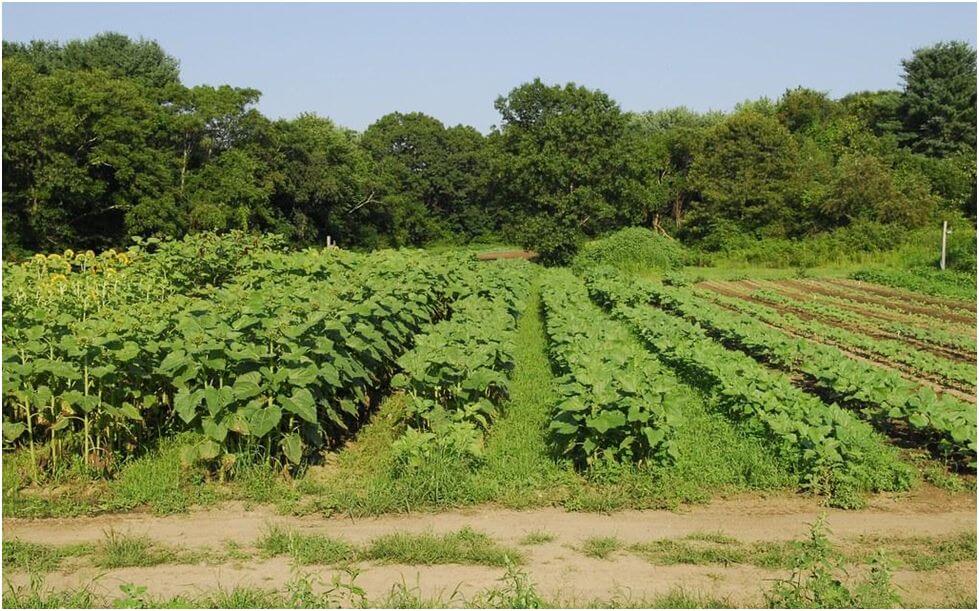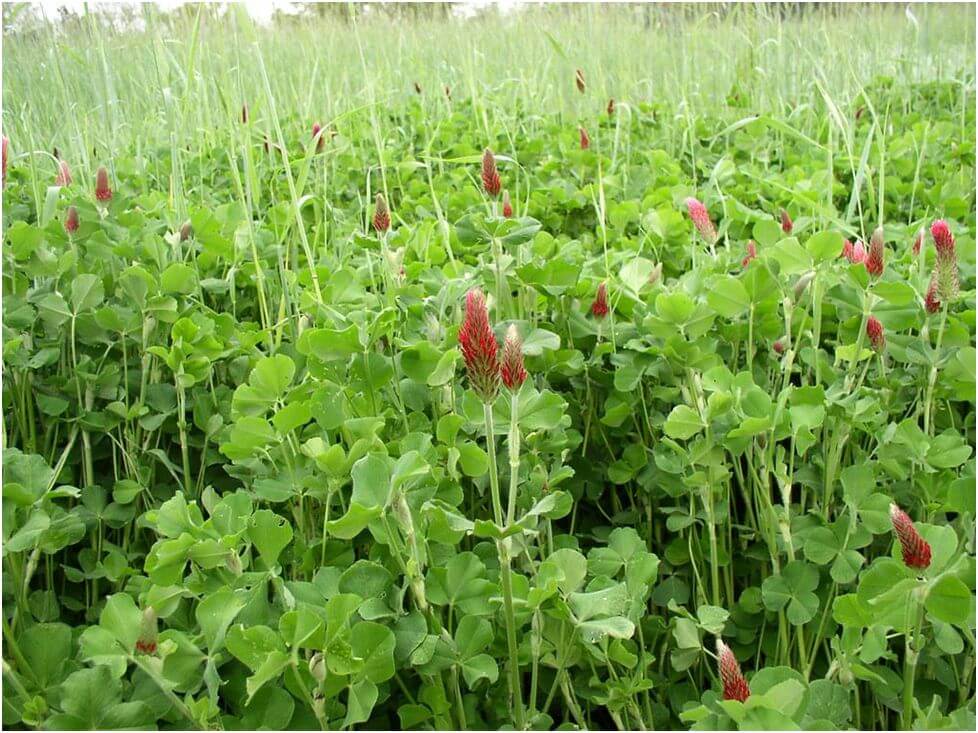Landscapes are great if you can manage them throughout the year. A garden can enhance the curb appeal of your property and also increase its value. However, homeowners need to spend time and money to manage their gardens.
Whether your front yard has flowering plants and shrubs or you have a vegetable garden, it needs your care and attention. From watering to manuring and pruning, there are many things that homeowners need to perform for managing their gardens and Home Service Direct. This post shares some examples of the best gardening strategies.
Table of Contents
Choose the right gardening technique
There are a variety of gardening techniques that you can use to manage your lawns or vegetable gardens. Here are some techniques from which you can select the most suitable for your garden depending on the types of plants.
Organic gardening

Organic gardening means, in plain terms, growing without synthetic fertilizers or pesticides. Overall, the focus is on the bigger ecosystem. This form of gardening seeks alternatives that enhance the health of the soil, the plant, and the animals surrounding the garden. It usually includes a lot of compost and crop coverage.
Biodynamic gardening
The technique of biodynamic gardening is comparable to organic gardening because it uses no artificial fertilizers or pesticides, but it’s soulful gardening. It is a collection of many old methods from many cultures. A basic issue is the soil’s health using biodynamic composting
Companion Planting Technique
Companion Planting includes the use of plant interactions that promote prolific development and repel or attract insects. Most people plant parsley, or basil among other plants in their garden to improve its vigor, fight diseases, and enhanced blooming.
Succession Planting

In succession planting we plant our garden in waves to guarantee that a specific vegetable crop continues to grow throughout the spring season, summer, and the fall.
Permaculture
The objective of permaculture is often to create a self-sustainable system with perennial and indigenous crops. This form of gardening prevents tilling and synthetic fertilizers and pesticides as the objective is to build a community of crops, soil, individuals, insects, etc. All these things are necessary to maintain the garden running without continuous interruption.
Some other strategies to manage a garden
In addition to choosing the right gardening technique, you need to do more things to manage the health of your plants. Let us check out some strategies for the same.
Test the pH of your soil
Soils that are too acidic or alkaline make taking up nutrients hard for many crops, so pH is a soil feature that requires a fact-finding strategy. An acidic pH below 6.0 with lime can be pushed upwards, and an alkaline pH above 7.5 with sulfur can be reduced. However, you should not use either unless you understand that your pH is far away. You can get the soil tested in a laboratory or test it with a home-soil testing kit.
Choose the plants wisely
Selecting the right plants is one of the best strategies for garden management. It is best to choose the plants that suit the environmental and climatic conditions in your garden. By choosing the right plants, you don’t need to alter the conditions to make them suitable for plants. Gradually remove any plants that are not suitable to grow in the environment of your garden.
Replace the perennials with annuals. Plant the perennials of low maintenance at the back of the boundaries. Choose drought-tolerant crops that need less watering and survive throughout the year. To decrease the need for weeding, choose ground cover crops.
Plant cover crops

Growing cover crops is perhaps the most precious approach we can choose to feed our soil, build up its fertility, and enhance its composition. Freshly cut cover crops provide our soil microbe friends with easily accessible nutrients and thus food crop plants. Moreover, the channels opened by the declining roots of cover crops allow the penetration of oxygen and water into the soil.
Particularly precious cover crops are legumes (clovers, alfalfa, beans, and peas) because they bring nitrogen from the atmosphere into forms accessible to crops. Planting a mix of various cover crops is the best way to nourish your soil for the next season plants.
Cover the soil with mulch
Using organic mulches is a great way of keeping the soil covered. Some individuals recommend against using high-carbon products such as straw or leaves, as soil microbes “rob” oxygen available from soil to break down surplus carbon quantities. However, this is only true if these high-carbon sources are incorporated into the soil.
The mulch maintains moisture from the soil and protects the roots against extreme temperatures. Earthworms and other microbes can “nibble” at your mulch and slowly leave their residue in the topsoil. It is good to turn composts and manures into soil, but in order to reduce the tillage you need manure or compost on the surface of soil and protect it from drying out.
Create continuity
Many DIY landscapers focus on seasonal trees and shrubs. However, you cannot underestimate the evergreens and other crops that are prized for their leaves as much as their flowers. The deciduous specimens provide more color and diversity, while continuity is provided by the evergreens.
Annuals to Supplement Perennial Colors
For your planting beds, perennial flowers are great, but they only bloom for so long. Perennials in your bed may bloom in May, then nothing until July. It will “plug the gaps” by incorporating annuals into a do-it-yourself landscaping scheme, offering you constant color in the yard. Try to use photo galleries to discover thoughts in landscape design for your color schemes.
Final Words
These are some gardening techniques that professionals use for landscaping. If you are a beginner in landscaping or have no experience in gardening, it is best to hire a professional. The professionals like the landscapers Paddington can help you create your garden from scratch according to your requirements.
Nourishing the soil, choosing the right plants, manuring, mulching, and watering at the right time can help you maintain your garden. Using these gardening techniques can help homeowners to manage their landscapes and improve the value of their properties.
Chris Mcdonald has been the lead news writer at complete connection. His passion for helping people in all aspects of online marketing flows through in the expert industry coverage he provides. Chris is also an author of tech blog Area19delegate. He likes spending his time with family, studying martial arts and plucking fat bass guitar strings.